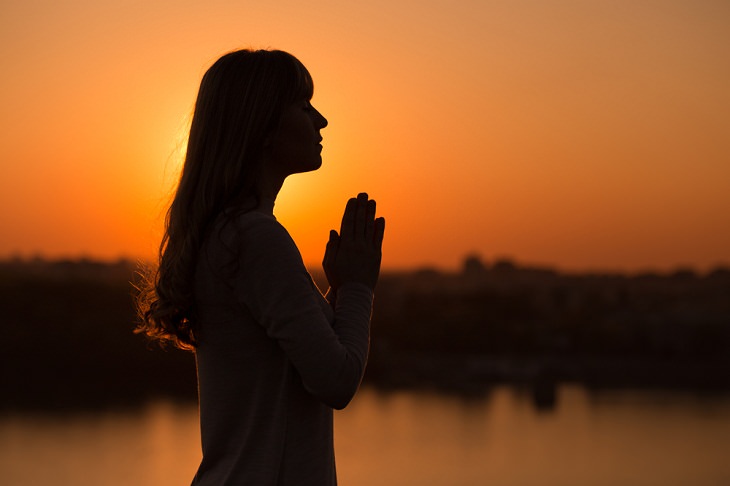Expressing gratitude means being grateful for the good things in our life, particularly when the going is rough. If you think about it closely, you will realize that there are countless things to be grateful for, such as:
* Waking up in the morning
* Good health
* Your family
* Your home
* The beauty of nature
* The breath of life.
There are several more points you can add to this list, of course. But basically, most gratitude lists don’t usually comprise many material belongings. Psychologists say that expressing gratitude should start with the acceptance that we are all fortunate to have received the blessing of the universe and of life itself.
Keeping a gratitude journal is a good way to record the things you are thankful for. Making this a daily habit will help you keep your focus on the people, circumstances, or things for which you are grateful. It slowly improves your overall mood as you wander away from worrying thoughts and replace them with positive ones.
Another great way to start connecting with thankfulness on a deeper and more spiritual level is by a guided gratitude meditation routine.
What is Gratitude Meditation?
So what is gratitude meditation? As the name suggests, it’s a type of meditation that focuses on gratitude. Meditation, as you might be aware, is a thought practice that improves physical and mental health. In traditional meditation, we focus on breathing and repeating a sound, word, or phrase. Similarly, in gratitude meditation, you reflect on all the people and things you are grateful for as you meditate.
According to Be Happy Yoga & Salt Cave, gratitude meditation is “a simple way to meditate” because, at its core, all you have to do is just “reflect on all the people and things you are grateful for.”
This unique technique is all about experiencing those feelings of thankfulness for the little things in your life – be it your health, a good summer day, the weight loss goal you achieved, or even a nice cup of coffee you had.
Gratitude meditation allows you to express and cultivate this appreciation in a focused way.
How to Practice Gratitude Meditation
The best thing about a gratitude meditation practice is that it isn’t restricted. While traditional meditation usually involves sitting in a quiet room and clearing your mind, gratitude meditation can be performed in a variety of ways.
Here's one simple way to practice gratitude meditation:
Step 1. Find a serene place to relax. Let yourself sit quietly and at ease.
Step 2. Choose a comfortable meditation posture that allows you to be both relaxed and attentive.
Step 3. Take a few deep breaths and focus your mind on the present moment.
Step 4. Begin to acknowledge the many things you are thankful for. For example: “I offer my gratitude for the measure of health I have been given,” “With gratitude, I remember the blessings of my friends and family,” or “I offer my gratitude for the experiences that made me tougher.” Keep reciting these phrases with every breath you release.
Step 5. Now, take a few deep breaths again and move your focus to express joy for your loved ones. Continue breathing gently and imagine any of your loved ones in a state of well-being, happiness, and success. As you take each breath, keep offering them your heartfelt and grateful wishes.
Step 6. Focus on as many people as you want. As the joy for them grows, take a pause and then express gratitude for yourself.
Step 7. Keep practicing as long as you feel comfortable.
There are numerous audio and video examples of gratitude meditation online. Take a look at this one below. We hope it helps.
As you begin to incorporate gratitude meditation in your life, you will find yourself becoming more familiar with the feeling of appreciation. That heartwarming feeling will ultimately encourage you to be more in the present and hopefully give you a better sense of well-being.
Share this post with all your loved ones!



